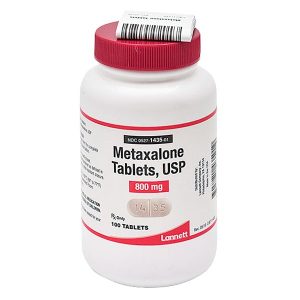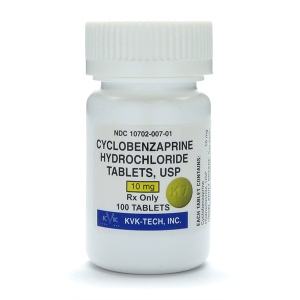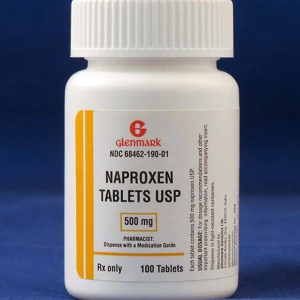Description
Drug Description:
Capsaicin is a naturally occurring compound derived from chili peppers. It is commonly used in topical creams, gels, and patches to relieve pain associated with conditions like osteoarthritis, neuropathic pain, and muscle strains. Capsaicin works by depleting substance P, a neurotransmitter involved in pain transmission.
Indications:
Capsaicin is primarily indicated for topical pain relief in conditions such as osteoarthritis, rheumatoid arthritis, and post-herpetic neuralgia. It is also used for pain management in muscle strains and injuries, as well as for neuropathic pain, including diabetic neuropathy.
Contraindications:
Capsaicin should not be used by individuals with hypersensitivity to the compound or any of its components. It is contraindicated for application to broken or irritated skin, as it can cause further irritation or burning sensations.
Mechanism of Action:
Capsaicin exerts its effects by binding to TRPV1 receptors on sensory nerve fibers. This binding leads to the depletion of substance P, a neuropeptide involved in pain signaling. As substance P levels decrease, the transmission of pain signals is reduced, providing relief from chronic pain.
Side Effects:
Common side effects of capsaicin include a burning, stinging, or itching sensation at the site of application. Skin redness, irritation, dryness, and peeling may also occur. In rare cases, a rash or allergic reaction can develop. Serious side effects may include severe skin irritation or blistering, as well as systemic effects like dizziness or a drop in blood pressure when used in large amounts.
Drug Interactions:
Capsaicin has minimal systemic absorption, so it is unlikely to cause significant drug interactions. However, it may enhance the effects of other topical medications when used simultaneously.






Reviews
There are no reviews yet.